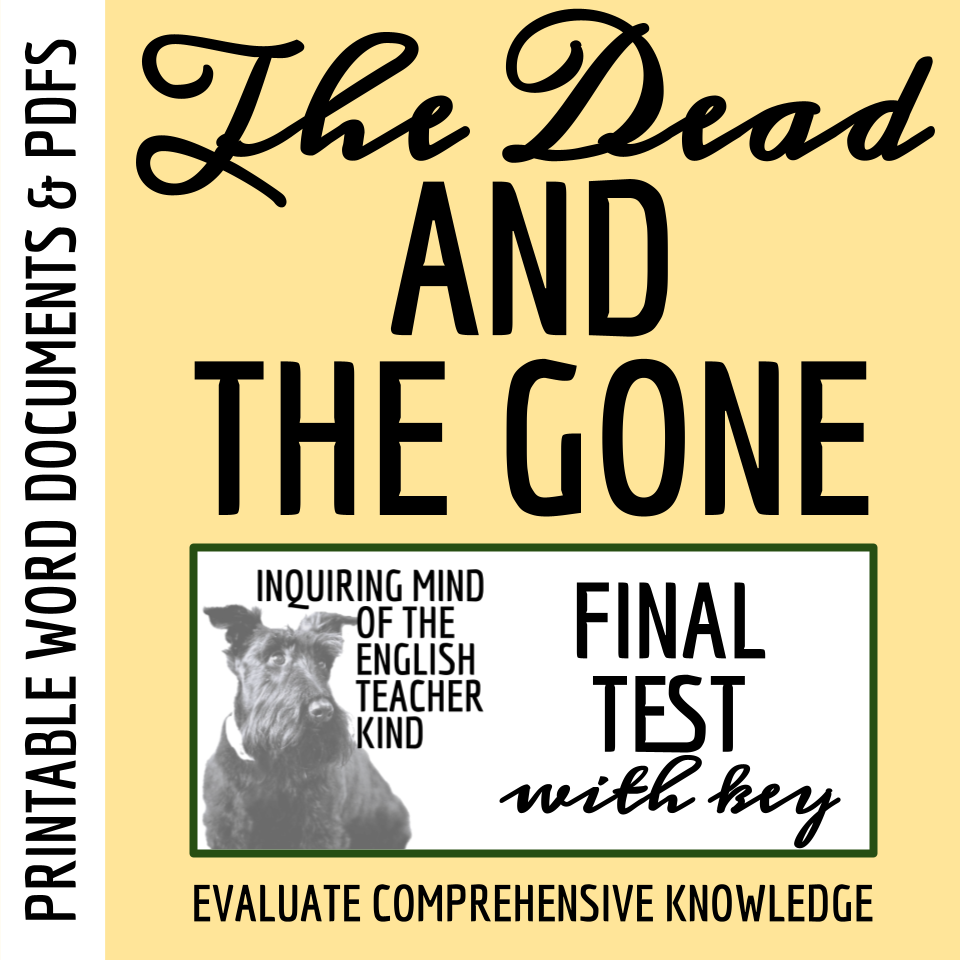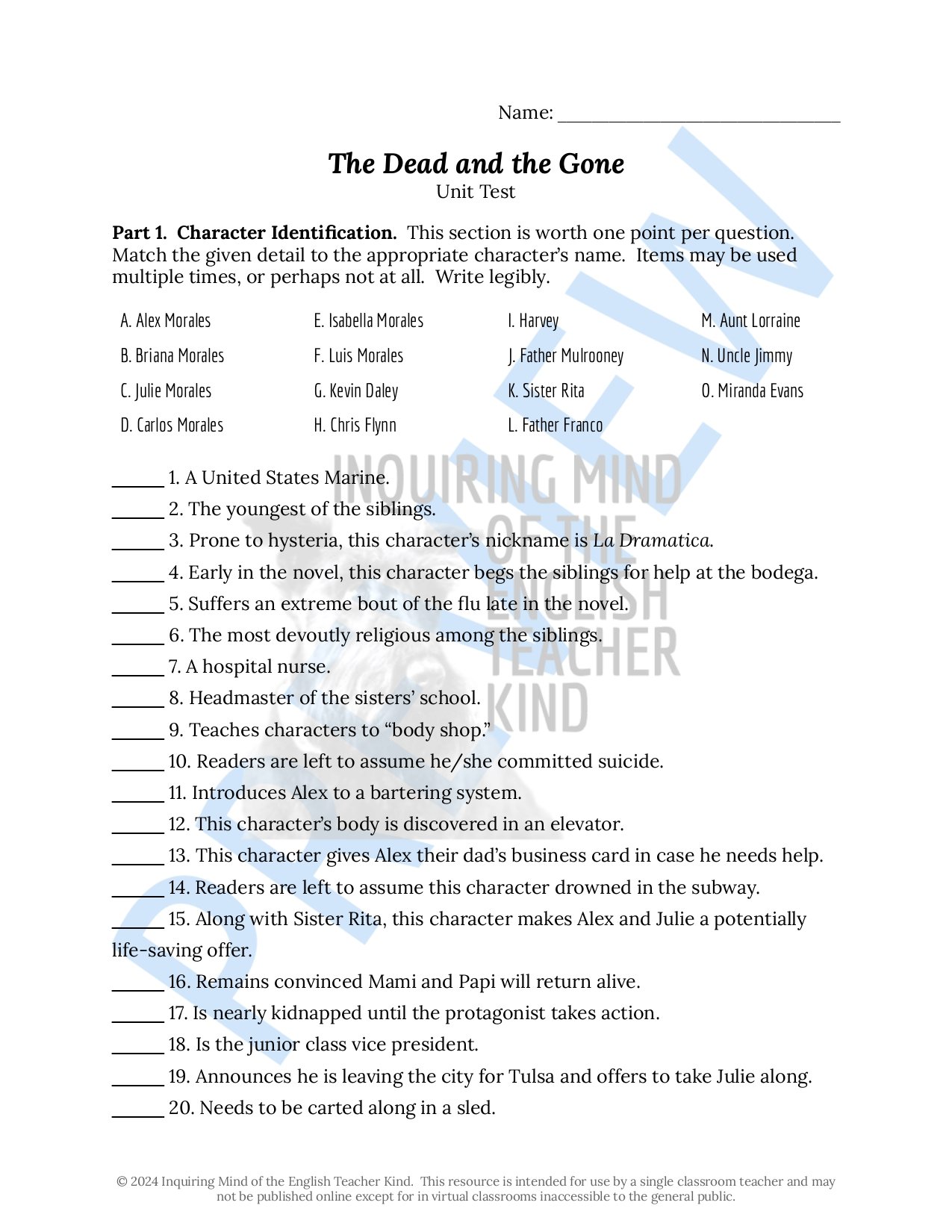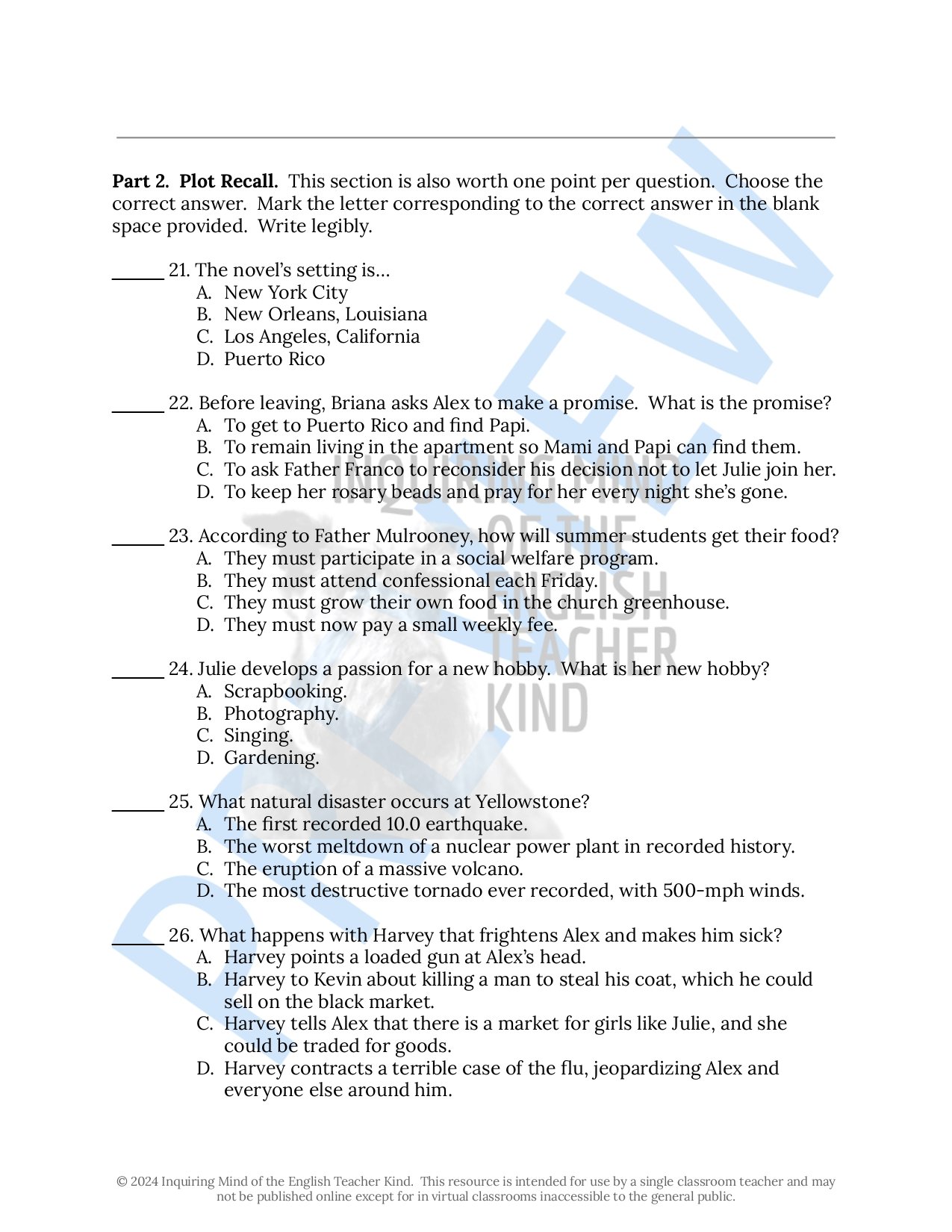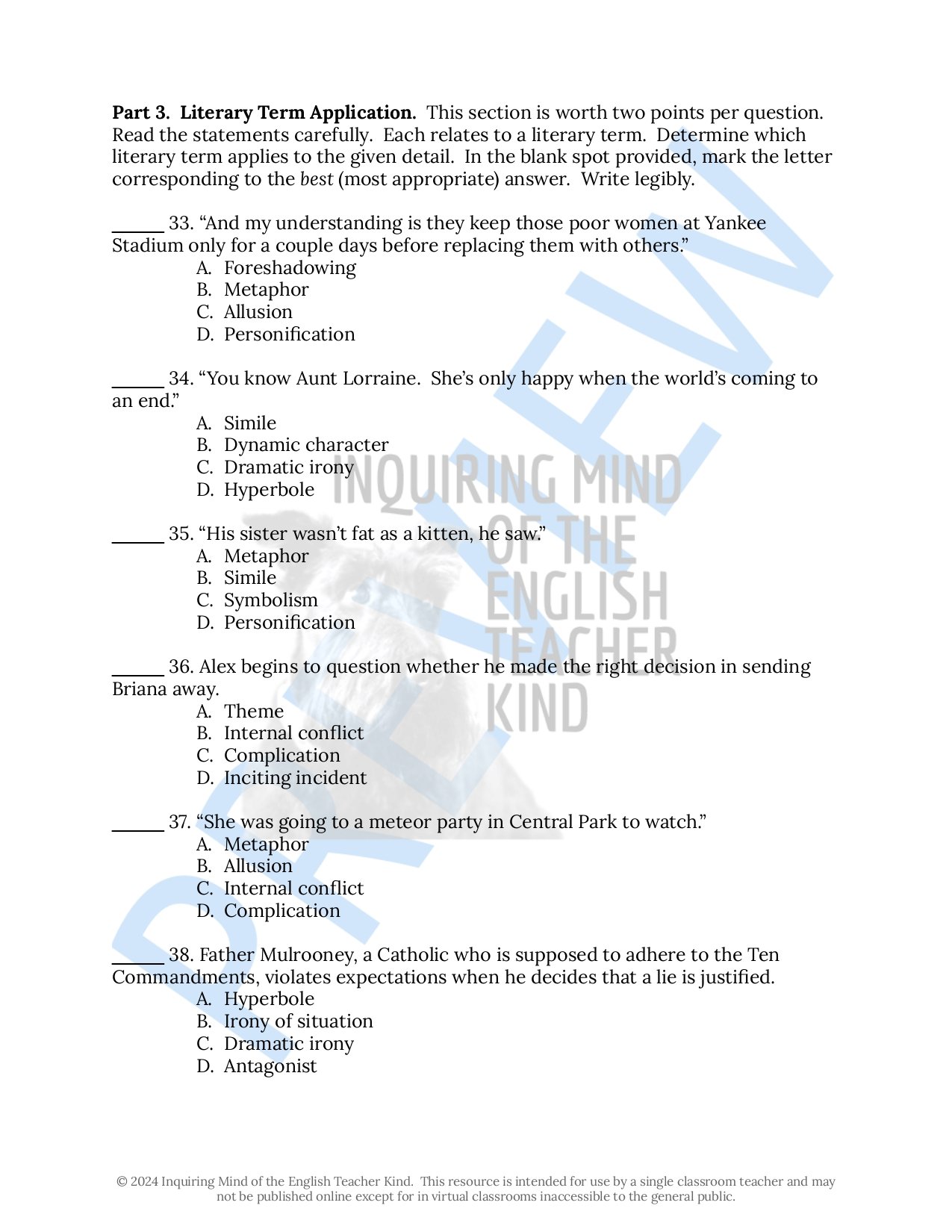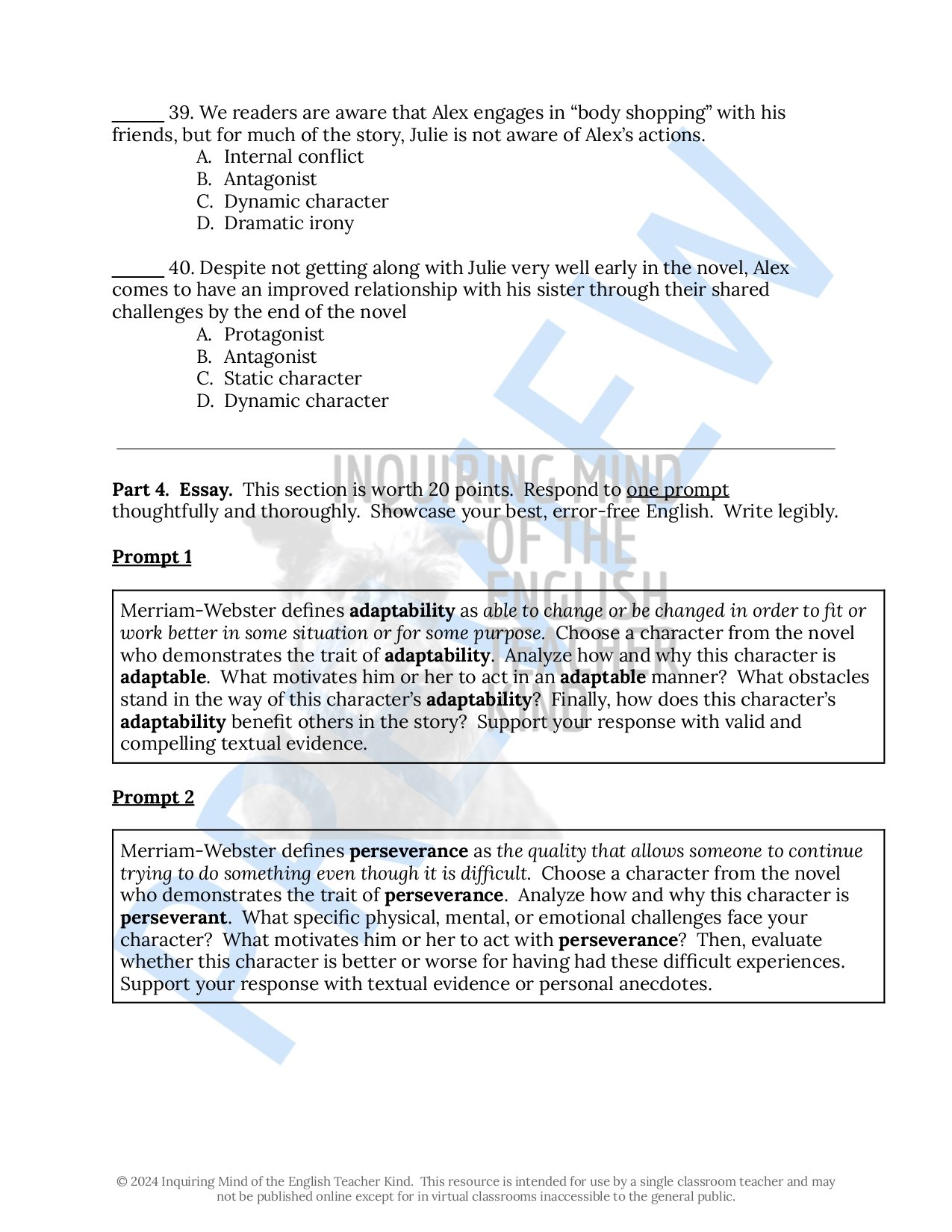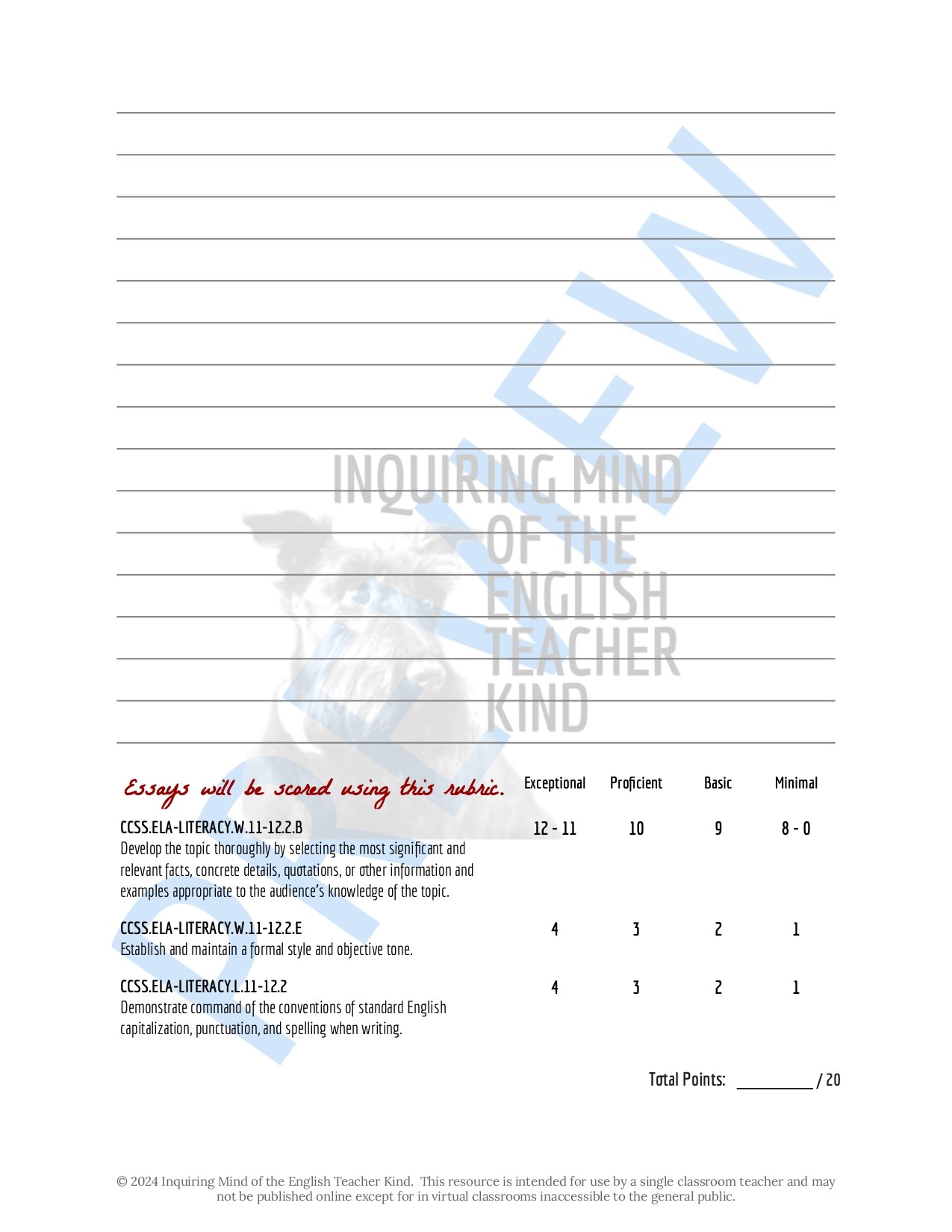 Image 1 of 82
Image 1 of 82

 Image 2 of 82
Image 2 of 82

 Image 3 of 82
Image 3 of 82

 Image 4 of 82
Image 4 of 82

 Image 5 of 82
Image 5 of 82

 Image 6 of 82
Image 6 of 82

 Image 7 of 82
Image 7 of 82

 Image 8 of 82
Image 8 of 82

 Image 9 of 82
Image 9 of 82

 Image 10 of 82
Image 10 of 82

 Image 11 of 82
Image 11 of 82

 Image 12 of 82
Image 12 of 82

 Image 13 of 82
Image 13 of 82

 Image 14 of 82
Image 14 of 82

 Image 15 of 82
Image 15 of 82

 Image 16 of 82
Image 16 of 82

 Image 17 of 82
Image 17 of 82

 Image 18 of 82
Image 18 of 82

 Image 19 of 82
Image 19 of 82

 Image 20 of 82
Image 20 of 82

 Image 21 of 82
Image 21 of 82

 Image 22 of 82
Image 22 of 82

 Image 23 of 82
Image 23 of 82

 Image 24 of 82
Image 24 of 82

 Image 25 of 82
Image 25 of 82

 Image 26 of 82
Image 26 of 82

 Image 27 of 82
Image 27 of 82

 Image 28 of 82
Image 28 of 82

 Image 29 of 82
Image 29 of 82

 Image 30 of 82
Image 30 of 82

 Image 31 of 82
Image 31 of 82

 Image 32 of 82
Image 32 of 82

 Image 33 of 82
Image 33 of 82

 Image 34 of 82
Image 34 of 82

 Image 35 of 82
Image 35 of 82

 Image 36 of 82
Image 36 of 82

 Image 37 of 82
Image 37 of 82

 Image 38 of 82
Image 38 of 82

 Image 39 of 82
Image 39 of 82

 Image 40 of 82
Image 40 of 82

 Image 41 of 82
Image 41 of 82

 Image 42 of 82
Image 42 of 82

 Image 43 of 82
Image 43 of 82

 Image 44 of 82
Image 44 of 82

 Image 45 of 82
Image 45 of 82

 Image 46 of 82
Image 46 of 82

 Image 47 of 82
Image 47 of 82

 Image 48 of 82
Image 48 of 82

 Image 49 of 82
Image 49 of 82

 Image 50 of 82
Image 50 of 82

 Image 51 of 82
Image 51 of 82

 Image 52 of 82
Image 52 of 82

 Image 53 of 82
Image 53 of 82

 Image 54 of 82
Image 54 of 82

 Image 55 of 82
Image 55 of 82

 Image 56 of 82
Image 56 of 82

 Image 57 of 82
Image 57 of 82

 Image 58 of 82
Image 58 of 82

 Image 59 of 82
Image 59 of 82

 Image 60 of 82
Image 60 of 82

 Image 61 of 82
Image 61 of 82

 Image 62 of 82
Image 62 of 82

 Image 63 of 82
Image 63 of 82

 Image 64 of 82
Image 64 of 82

 Image 65 of 82
Image 65 of 82

 Image 66 of 82
Image 66 of 82

 Image 67 of 82
Image 67 of 82

 Image 68 of 82
Image 68 of 82

 Image 69 of 82
Image 69 of 82

 Image 70 of 82
Image 70 of 82

 Image 71 of 82
Image 71 of 82

 Image 72 of 82
Image 72 of 82

 Image 73 of 82
Image 73 of 82

 Image 74 of 82
Image 74 of 82

 Image 75 of 82
Image 75 of 82

 Image 76 of 82
Image 76 of 82

 Image 77 of 82
Image 77 of 82

 Image 78 of 82
Image 78 of 82

 Image 79 of 82
Image 79 of 82

 Image 80 of 82
Image 80 of 82

 Image 81 of 82
Image 81 of 82

 Image 82 of 82
Image 82 of 82



















































































The Dead and the Gone Quiz, Close Reading, Research Project, and Test Bundle
This resource bundle is designed to promote vocabulary development, evaluate reading comprehension, support critical thinking, and facilitate the process of researching topics related to Susan Beth Pfeffer's dystopian novel The Dead and the Gone, the sequel to Life As We Knew It. Materials are delivered in editable Word Document and printable PDF formats. (Alternatively, a Google Drive bundle option is available.) A breakdown of content follows.
Reading comprehension quizzes: Hold students accountable for assigned readings with six multiple choice assessments focused on plot developments. These assessments may double as guided reading homework handouts to facilitate active engagement with the novel. Answer keys are included. Quizzes are broken down as follows:
Chapters 1 and 2
Chapters 3, 4, and 5
Chapters 6, 7, and 8
Chapters 9, 10, and 11
Chapters 12, 13, 14, and 15
Chapters 16, 17, 18, and 19
Vocabulary games and activities: Frontload assigned readings with these vocabulary games and activities to maximize reading comprehension. Alternatively, stash these materials in an emergency sub folder to keep students meaningfully engaged in the book during unexpected teacher absences. Included are 6 vocabulary application activities, 6 crossword puzzles, 6 word search games, and answer keys. A total of 100 vocabulary terms are featured. By engaging with these activities, students will:
Determine the meaning of unfamiliar and complex words
Consult reference materials in order to learn and verify word meanings
Discern the most proper application of words as they are used in sentences
Close reading analysis worksheets: Prepare students to go beyond general reading comprehension and develop critical thinking skills for high school literature classes. Six activities are included, each addressing a meaningful passage from a range of chapters (2, 5, 8, 9, 13, and 19). Answer keys are provided. By engaging with these close reading activities, students will:
Identify what the text states explicitly as well as implicitly
Discern the intended effects of the author's word choices and narrative techniques
Describe tone in context
Determine the purposes of given passages
Explore how complex characters think, behave, interact, and develop
Compare and contrast characters
Discern the function of a particular character (Kevin) in context
Apply knowledge of literary devices including dramatic irony, metaphor, oxymoron, onomatopoeia, personification, simile, situational irony, symbolism, and more
Consider themes in context
Conduct research on a relevant topic (Yellowstone Caldera)
Support claims and inferences with sound reasoning and relevant evidence
Write about fiction with clarity, accuracy, and precision
Come to class better prepared to discuss literature
Research project materials: Streamline the process of investigating relevant topics, documenting information gathered, and delivering formal speeches. The focus of the project is natural and human-influenced disasters, covering twenty topics including the San Francisco earthquake of 1906, the flu pandemic of 1918, the tri-state tornado outbreak of 1925, the Fukushima nuclear accident (2011), and Hurricane Maria (2017). A detailed scoring rubric is provided. Students will perform the following tasks:
Articulate connections between a research topic and the assigned novel
Conduct research using available resources
Collect and classify reliable sources
Develop successful methods of recording information
Evaluate the credibility of source work, taking into consideration readability, date, relevance, expertise, and bias
Apply conventions of MLA formatting
Correctly site resources to avoid plagiarism
Organize information in a cohesive manner, using a note-taking system that includes summary, paraphrasing, and quoted material
Analyze, synthesize, and integrate information, generating a thoughtfully comprehensive report, free of generalities and redundancies
Present findings verbally, using their own words
Summative unit test: This summative assessment measures reading comprehension, knowledge of literary craft, and proficiency in writing claims in an analysis of the text and its characters. An answer key is included.
More resources are available for a variety of novels:
* This resource is also included in a whole store growing bundle.
This resource bundle is designed to promote vocabulary development, evaluate reading comprehension, support critical thinking, and facilitate the process of researching topics related to Susan Beth Pfeffer's dystopian novel The Dead and the Gone, the sequel to Life As We Knew It. Materials are delivered in editable Word Document and printable PDF formats. (Alternatively, a Google Drive bundle option is available.) A breakdown of content follows.
Reading comprehension quizzes: Hold students accountable for assigned readings with six multiple choice assessments focused on plot developments. These assessments may double as guided reading homework handouts to facilitate active engagement with the novel. Answer keys are included. Quizzes are broken down as follows:
Chapters 1 and 2
Chapters 3, 4, and 5
Chapters 6, 7, and 8
Chapters 9, 10, and 11
Chapters 12, 13, 14, and 15
Chapters 16, 17, 18, and 19
Vocabulary games and activities: Frontload assigned readings with these vocabulary games and activities to maximize reading comprehension. Alternatively, stash these materials in an emergency sub folder to keep students meaningfully engaged in the book during unexpected teacher absences. Included are 6 vocabulary application activities, 6 crossword puzzles, 6 word search games, and answer keys. A total of 100 vocabulary terms are featured. By engaging with these activities, students will:
Determine the meaning of unfamiliar and complex words
Consult reference materials in order to learn and verify word meanings
Discern the most proper application of words as they are used in sentences
Close reading analysis worksheets: Prepare students to go beyond general reading comprehension and develop critical thinking skills for high school literature classes. Six activities are included, each addressing a meaningful passage from a range of chapters (2, 5, 8, 9, 13, and 19). Answer keys are provided. By engaging with these close reading activities, students will:
Identify what the text states explicitly as well as implicitly
Discern the intended effects of the author's word choices and narrative techniques
Describe tone in context
Determine the purposes of given passages
Explore how complex characters think, behave, interact, and develop
Compare and contrast characters
Discern the function of a particular character (Kevin) in context
Apply knowledge of literary devices including dramatic irony, metaphor, oxymoron, onomatopoeia, personification, simile, situational irony, symbolism, and more
Consider themes in context
Conduct research on a relevant topic (Yellowstone Caldera)
Support claims and inferences with sound reasoning and relevant evidence
Write about fiction with clarity, accuracy, and precision
Come to class better prepared to discuss literature
Research project materials: Streamline the process of investigating relevant topics, documenting information gathered, and delivering formal speeches. The focus of the project is natural and human-influenced disasters, covering twenty topics including the San Francisco earthquake of 1906, the flu pandemic of 1918, the tri-state tornado outbreak of 1925, the Fukushima nuclear accident (2011), and Hurricane Maria (2017). A detailed scoring rubric is provided. Students will perform the following tasks:
Articulate connections between a research topic and the assigned novel
Conduct research using available resources
Collect and classify reliable sources
Develop successful methods of recording information
Evaluate the credibility of source work, taking into consideration readability, date, relevance, expertise, and bias
Apply conventions of MLA formatting
Correctly site resources to avoid plagiarism
Organize information in a cohesive manner, using a note-taking system that includes summary, paraphrasing, and quoted material
Analyze, synthesize, and integrate information, generating a thoughtfully comprehensive report, free of generalities and redundancies
Present findings verbally, using their own words
Summative unit test: This summative assessment measures reading comprehension, knowledge of literary craft, and proficiency in writing claims in an analysis of the text and its characters. An answer key is included.
More resources are available for a variety of novels:
* This resource is also included in a whole store growing bundle.
Preview this resource:
This resource bundle is designed to promote vocabulary development, evaluate reading comprehension, support critical thinking, and facilitate the process of researching topics related to Susan Beth Pfeffer's dystopian novel The Dead and the Gone, the sequel to Life As We Knew It.























































